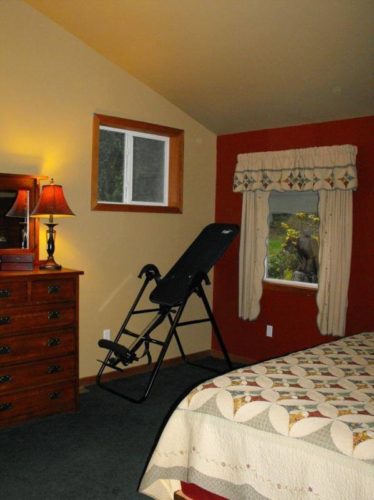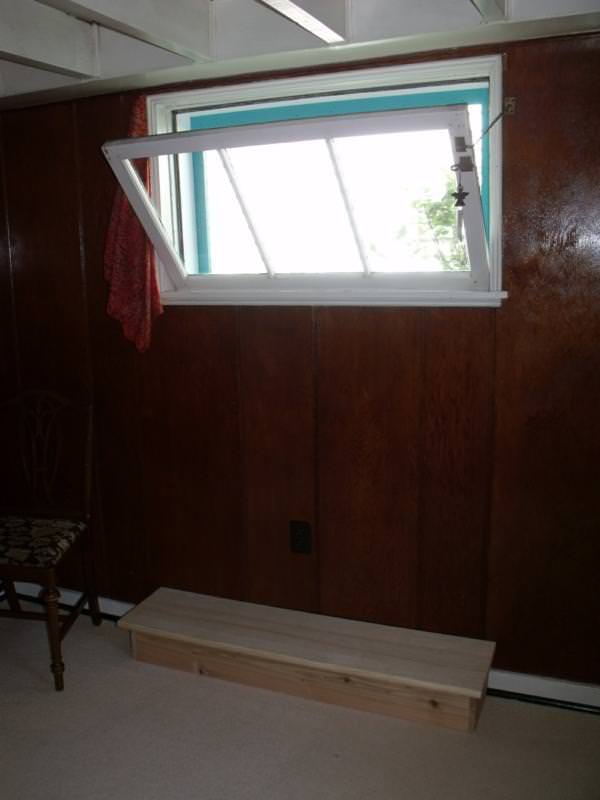
The listing information for homes that are for sale typically list the number of bedrooms present in the home.
The number of bedrooms seems to be an important selling point.
What is to be done when it is discovered that for “technical” reasons one or more of these rooms is not really a bedroom? Are there any liability issues, if someone declares that a room is a bedroom and the buyer uses that room as a bedroom but can’t get out of the room in an emergency—-and someone dies? Are buyers aware that the “sales” definition of “bedroom” may not have anything to do with the “real” definition of a bedroom?

First of all—-I thought I would make a list of some of the things that are required by ” Of course there would be “grandfathering” of structures that would soften these requirements. But wouldn’t it be prudent to make improvements when possible?
While this list would ultimately define whether a room is a bedroom or not, many rooms would not likely fit all the requirements—unless it was brand new.
Based on modern standards, here is a partial list of what is required (with some variations by jurisdiction). If any of these elements are not present—-it is “technically” not a bedroom (or living space). This list is not an attempt to list every possible scenario but is designed to overwhelm the reader with just how much is actually involved in getting a room to be a “bedroom.”
1. Natural light glazing greater than 8 percent of floor area (unless approved artificial lighting is available)
a. Safety glass where required
2. Natural ventilation (unless approved mechanical type)
3. A Door (some jurisdictions)
4. Sleeping rooms have to have at least one openable secondary emergency escape and rescue opening.
a. Window sill height of not more than 44 inches above the floor.
b. Window well necessary for egress at below grade bedrooms. (minimum 9 sq ft horizontally in well—36″ minimum width away from window)
c. Egress openings of 5.7 square feet (5 feet for rooms at grade)
d. Minimum height of 24 inches
e. Minimum width of 20 inches
f. Grilles/bars/screens must be easily removable from the inside without special tools
5. Bedroom size must be at least 70 sq ft
6. Bedrooms not less than 7 feet in any horizontal dimension.
7. Areas of the space that are less than 7′ high don’t count in sq footage.
8. Minimum ceiling height of 7′
9. Smoke alarm/detector—-hard wired and battery backup
a. In each sleeping room.
b. Outside each separate sleeping area in the immediate vicinity of the bedrooms.
10. AFCI protected 120 volt outlets:
a. Receptacles
b. Light fixtures
c. Switches
d. 120 volt wall heaters and fans
e. Smoke alarm detectors
(with any of these components not AFCI protected the room would no longer be in compliance and loose its designation as a bedroom—-technically).
11. No open flame appliances (with exceptions): Fireplaces, furnaces, water heaters
12. Source of heat.
Listings seem to use a “sales-shorthand” definition of bedrooms based on selectively choosing some of the things on this list of required conditions. At some point the space becomes a “bedroom with defects,” and placing a clear-cut line on when the space is not a bedroom and a “bedroom with defects” is not always easy. This is the result of the large number of older homes built prior to modern standards or built at times of no standards, or built without permits.
Interestingly enough the code does not actually address the presence of a closet—-yet most assume they are required and is typically part of the “sales-shorthand” definition of a bedroom.
Do these listings have the potential of misleading buyers regarding the use of these spaces—-creating not only liability but potentially reduced value later on? In some cases I would think so.
Let’s take the room in the picture above.
This is newer (eight years old) construction—-and is the Master “Bedroom.”
No smoke alarm/detector.
No means of egress (note the very high undersized window). The lower windows on the right (one is out of the picture) are both fixed panes.
No heat.
It does have a closet and a bed.
In good conscience can we call this a bedroom? If it would not pass inspection as a “habitable” room and does not meet code requirements for bedrooms—-how can we call it a bedroom?
In my inspection report I like to state the number of bedrooms. Sometimes I can not make that number the same as the listing information. Sometimes instead of the “Upper SE Bedroom,” it becomes the “Upper SE Room.” It is my feeble attempt to truly inform the buyer of what they are getting themselves into. If the fixes to make it a real bedroom are simple, that would be a different story.
***
Charles Buell, Seattle Home Inspector
If you enjoyed this post, and would like to get notices of new posts to my blog, please subscribe via email in the little box to the right. I promise NO spamming of your email

